If you have been to Cairo, the chances are that you probably only visited the frequently visited sites like; The Egyptian Museum, and the Egyptian pyramids (which are technically not in Cairo). But in today’s article, you’ll learn about an area that has a rich history of resilience — yet does not get the attention it deserves: Coptic Cairo.
Coptic Cairo is part of Old Cairo; an Egyptian district infused with spiritual essence, as it plays the role of a meeting point for the three Abrahamic religions. Whether you’re looking for Coptic Christian sites, Islamic sites or even Jewish, you can find whatever you wish for. But in today’s article, we’re going on a little trip to the Coptic side of Old Cairo.
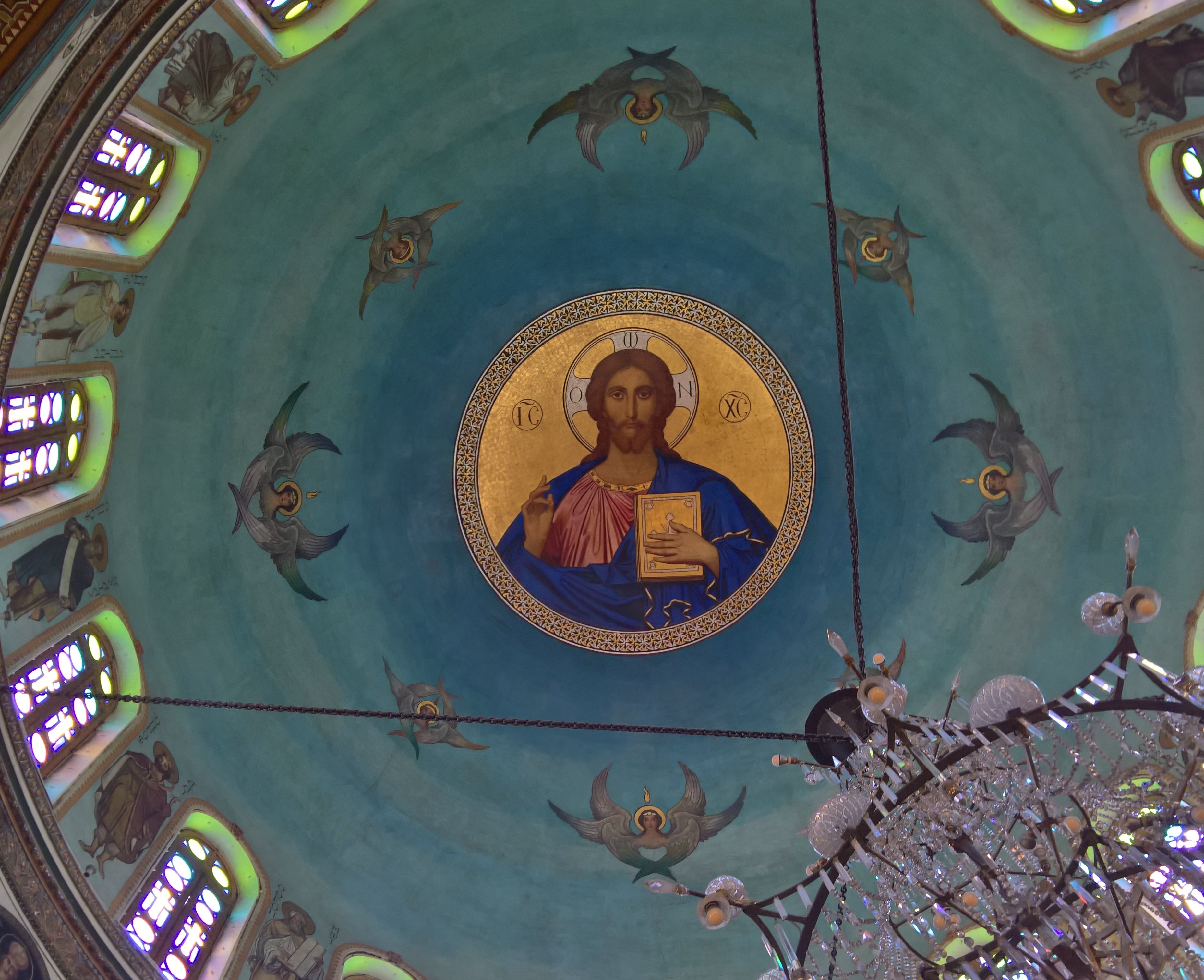
Coptic? What does that mean?
In case you have never heard the word (which is understandable), it merely means ‘Egyptian’, so, ‘Coptic Christians’ are simply ‘Egyptian Christians.’
The Hanging Church (St. Virgin Mary’s church)
A holy site with such an intriguing name raises the question about its naming. It was given this name due to the fact that it was built atop two towers of the Roman fortress of Babylon –whose remnants can currently be seen in between the Coptic Museum and the Hanging Church– by mixing palm logs and layers of stone as a fundament for the church.
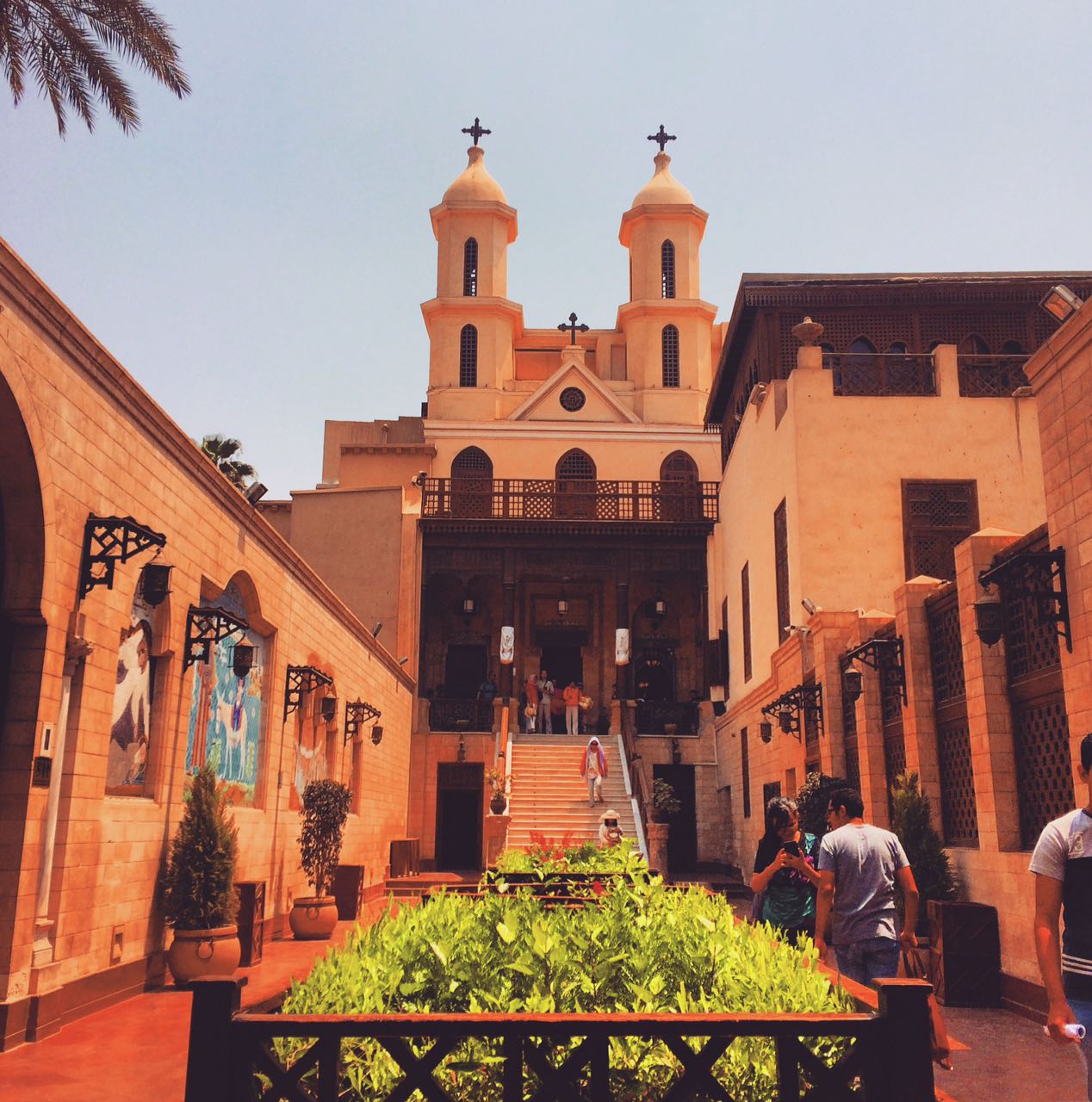 Photo credit: Mohamed Ebrahim
Photo credit: Mohamed Ebrahim
The church has a wooden roof resembling the shape of Noah’s ark, rather than a dome. It served as the seat of the patriarch from the 7th to the 13th century.
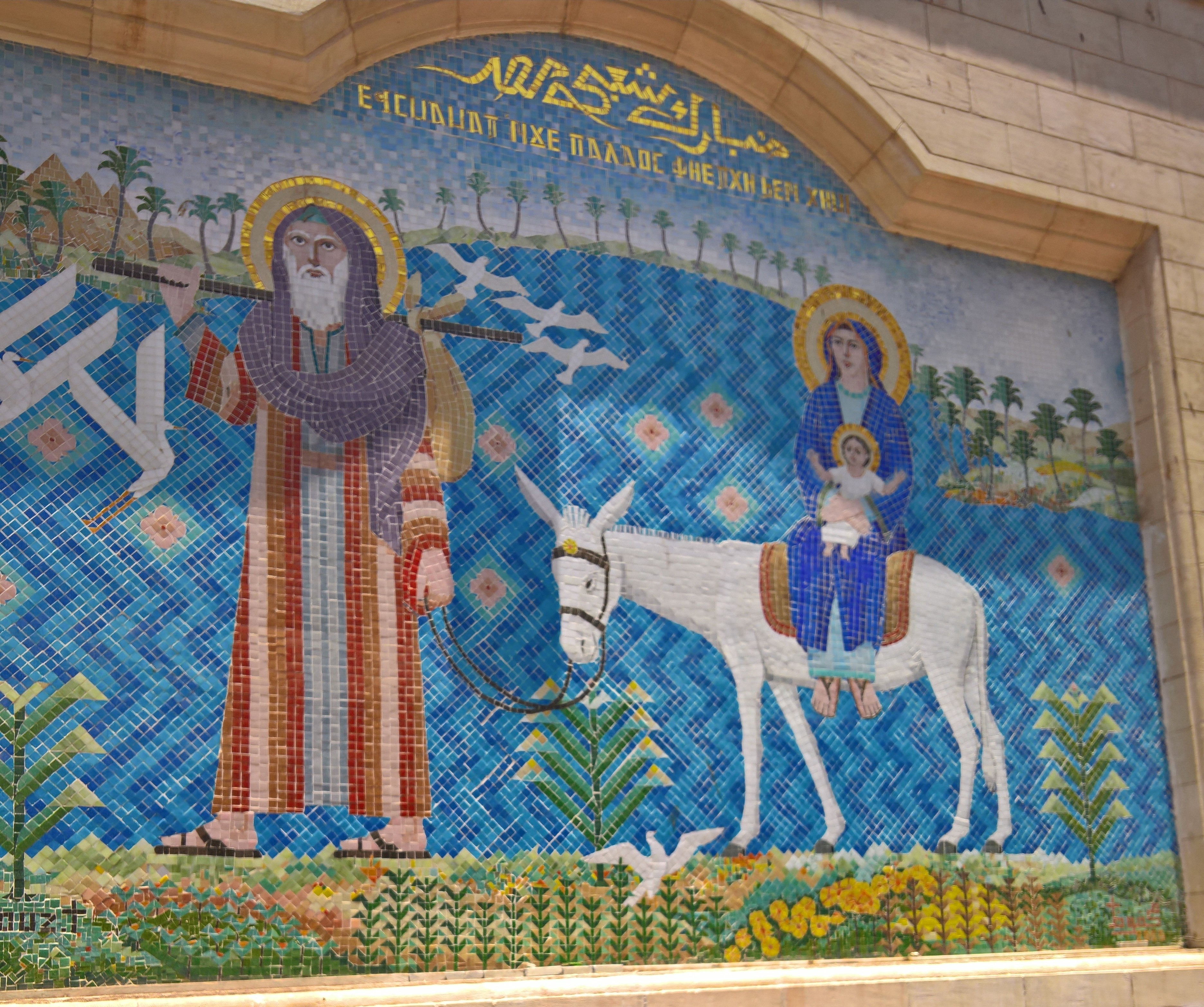
The moment you enter the church’s courtyard; you will be able to see a number of colorful mosaic pieces of art flanking the left side as you walk. St. Mary and Joseph fetching water with baby Jesus, sitting in the middle.
An angel coming to Joseph in a dream to order him to take Mary and Jesus and flee to Egypt, then a mosaic piece of Joseph leading St. Mary and her baby Jesus on a donkey, then a piece showing the hospitality of the Egyptians to the Holy family upon their arrival.
After walking through the picturesque courtyard, you will ascend a staircase that leads to an upper level, where you can find the entrance to the church.
The church comprises 110 icons, the most prominent is an icon called “The Egyptian Mona Lisa”, which depicts St. Mary and her baby Jesus Christ. Also, there are 15 icons describing the torture of St. George (The Dragon Slayer) whose monastery is coming up next.
The Monastery of Saint George ‘The Martyr’
A tranquil place that contains colorful icons and images that narrate dark stories of torture, patience, and resilience.
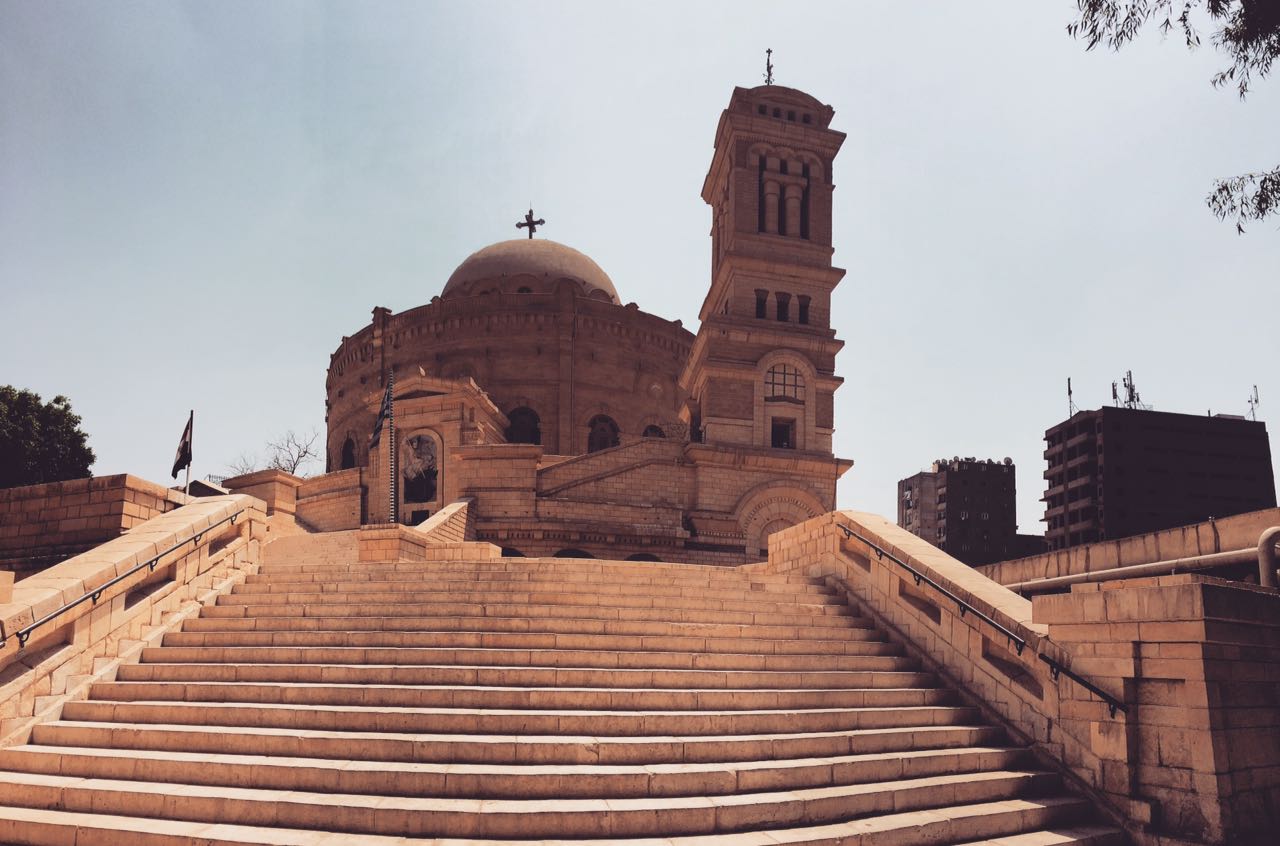 Photo credit: Mohamed Ebrahim
Photo credit: Mohamed Ebrahim
The dedications to St. George are divided into three divisions; the monk cells, the Roman Orthodox church and a division where he’s believed to having been locked up for 7 years. It also houses the tools that were used to torture him like the spiked wheel, crown of thorns, spears, chains, and nails… etc.
The upper floor, reached via a staircase, leads to the Roman Orthodox Church of St. George, which is super colorful and bright. It’s built on the north-southern tower of the Babylon fortress.
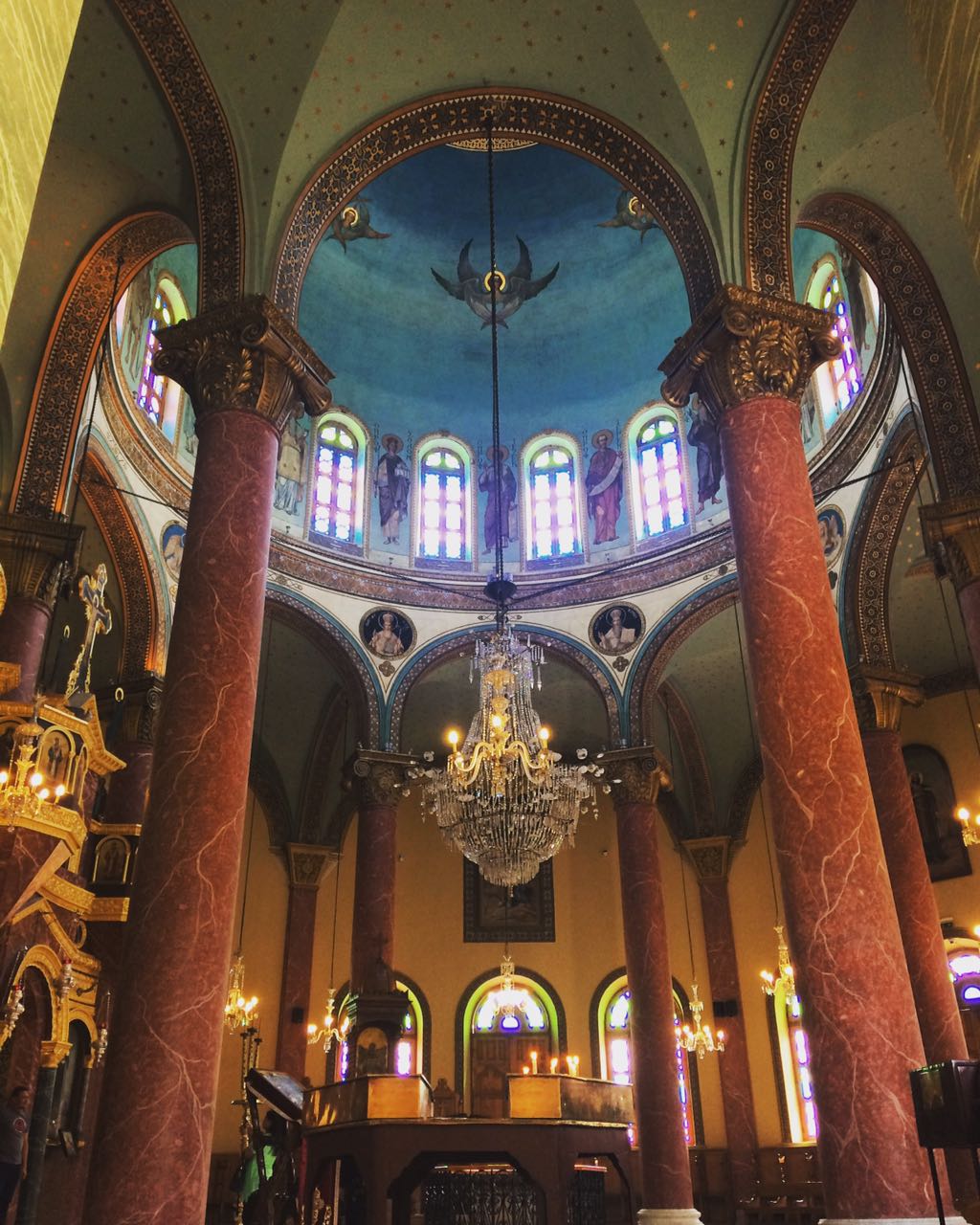 Photo credit: Mohamed Ebrahim
Photo credit: Mohamed Ebrahim
The moment you enter; you’ll see a dedicated shrine that contains a huge icon of St. George mounted on his horse while fighting a dragon. The dome of this church rests on 8 columns, and the ceiling is undeniably catchy, due to the colorful oil painting of Jesus Christ holding the gospel and making the benediction hand gesture with his right hand while angels soar around him.
The glass used for the windows is also colorful, mostly like everything else in the church. Some icons of different saints are scattered across the corners.
The icon of St. George slaying the dragon is seen almost everywhere in the area, to honor a resilient saint who spent years being tortured on a daily basis by Roman Pagans for choosing Christianity over Paganism – Even the metro station of the area is called after him.
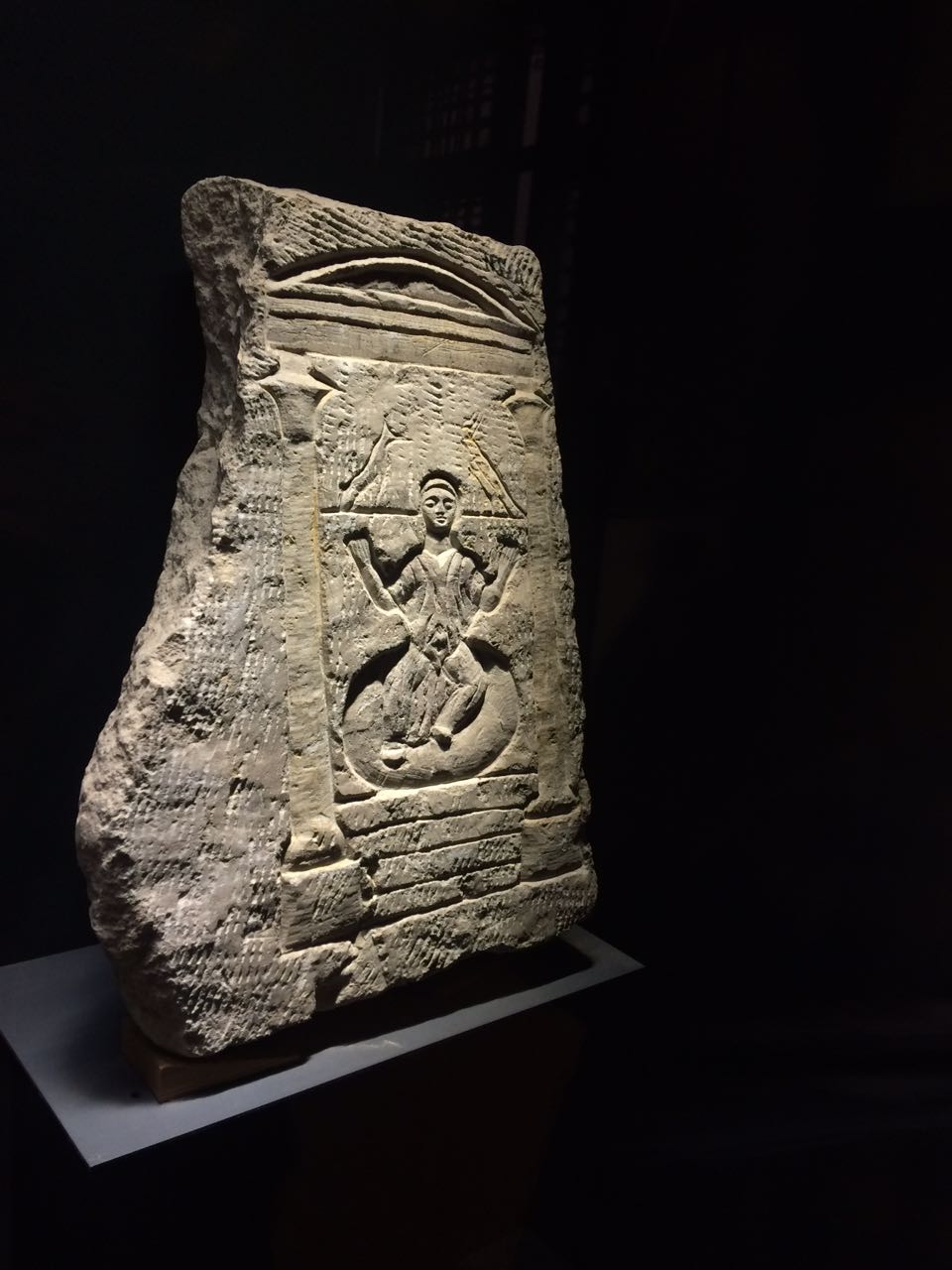
The Coptic Museum
Founded by Marcus Simaika in 1908 to preserve the Coptic Christian artifacts and antiquities. Its inauguration took place in 1910, and it passed through several stages of restorations, renovations and sometimes inauguration of new wings and divisions.
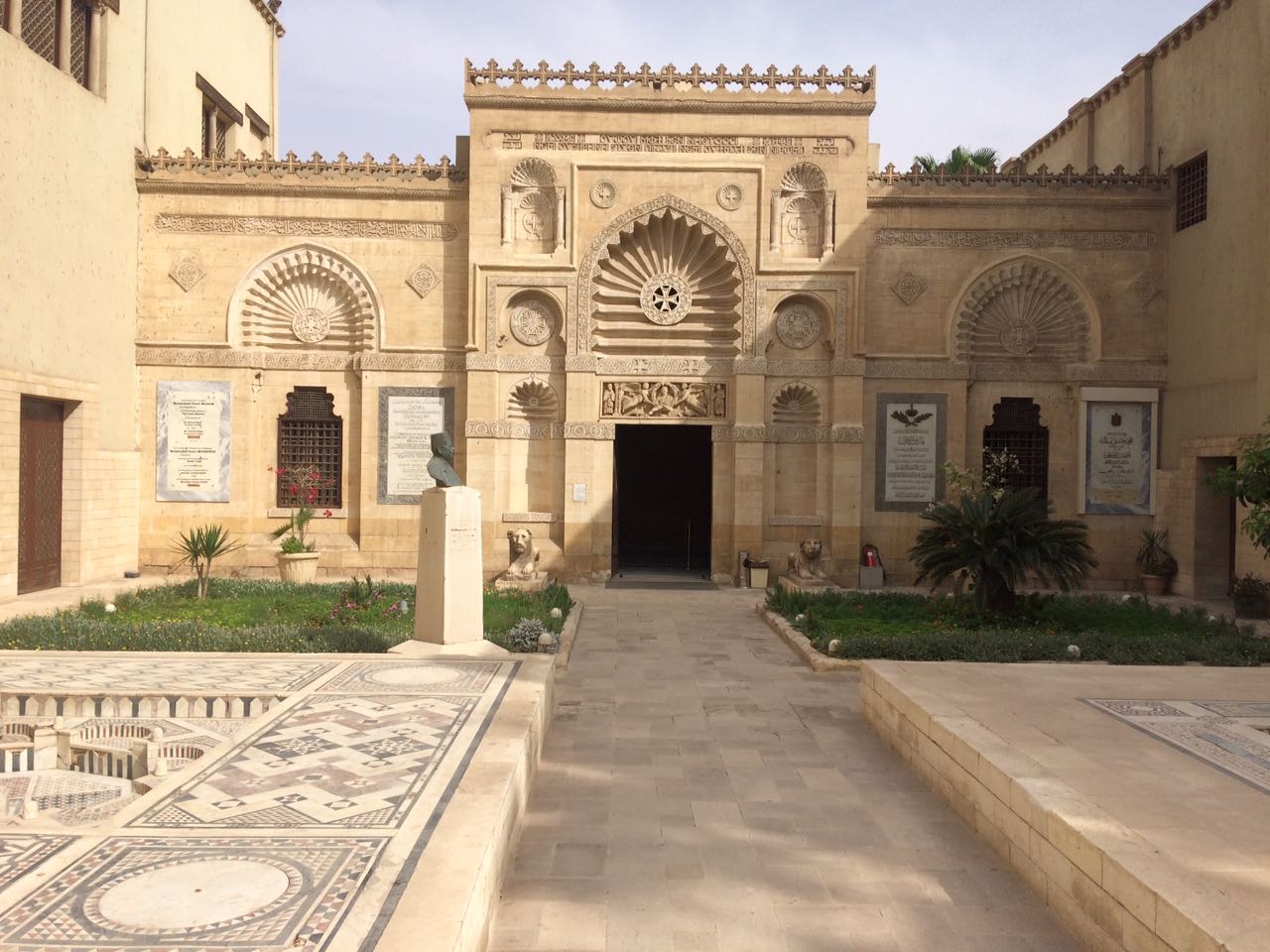
Photo credit: Mohamed Ebrahim
The museum houses several artifacts that date back to different eras. On the first floor, you can find textiles depicting the first monks and the founding fathers of monasticism. Along with sculptures that date back to the 4th and 5th centuries, which were influenced by Greco-Roman mythology. Also, there are several pieces of tempera paintings, once showing Jesus on the throne, and another showing him as a baby with his mother.
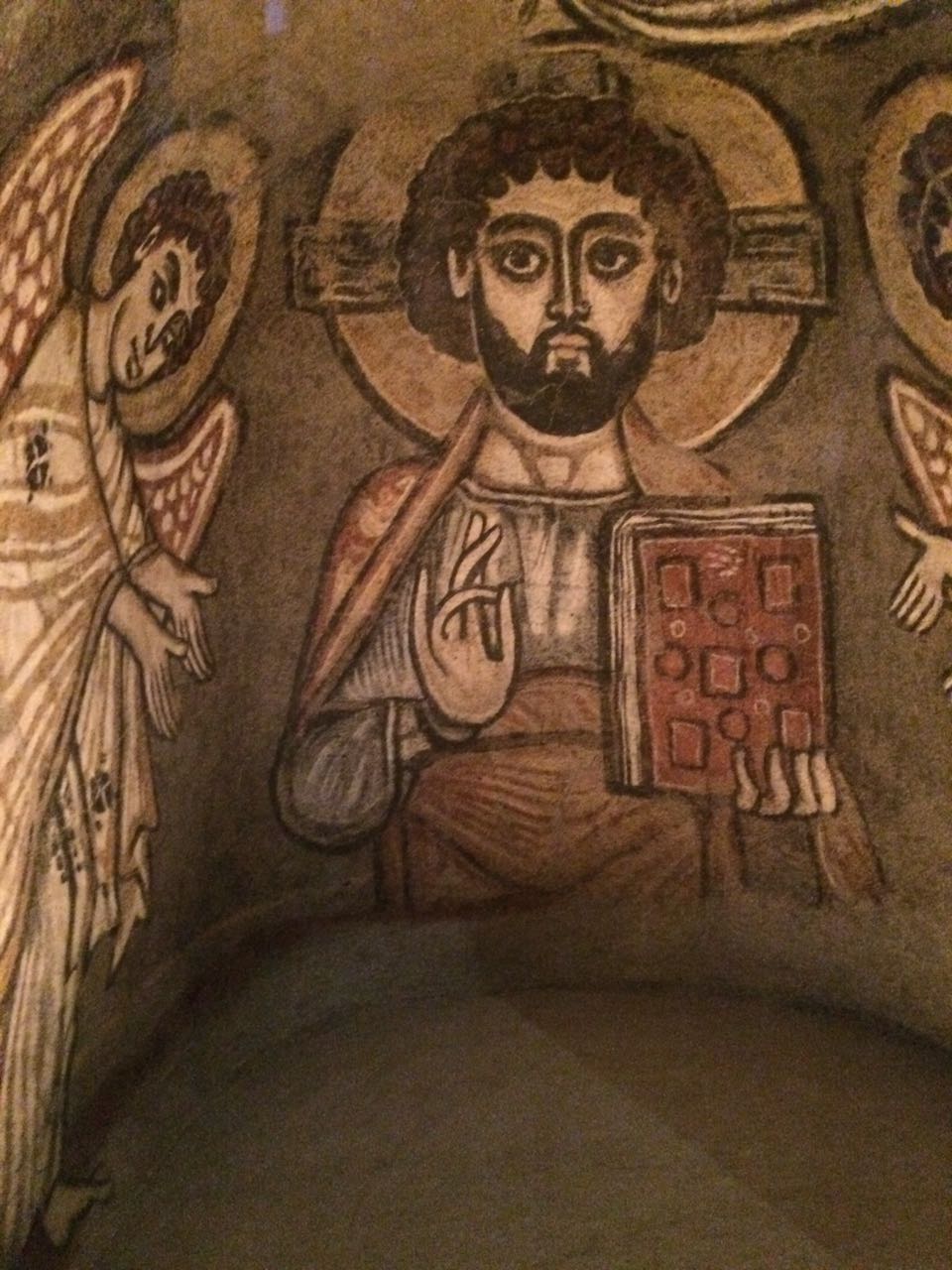 Photo credit: Mohamed Ebrahim
Photo credit: Mohamed Ebrahim
The second floor comprises various types of artifacts. Huge bibles written in Coptic, Greek, and Arabic, kept in large showcases. Tiny wooden toys and combs and mostly icons of saints like Mark, Bacchus, and more.
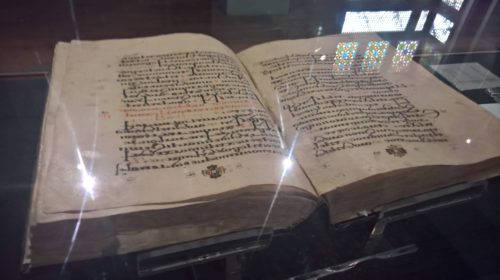
There’s also a very catchy depiction of Adam and Eve in heaven on the very same floor. The museum itself is a magnificent edifice in itself, so, one article certainly wouldn’t be sufficient to cover the tens (if not hundreds) of types of artifacts that it houses.
St. Barbara’s Church
Known for housing a number of the rarest icons along with the relics of St. Barbara, the church was originally dedicated to St. John and St. Cyrus who were invoked for healing. Later the church was dedicated to St. Barbara, who lived during the reign of Emperor Maximian. She was locked up in a tower by her father who was a rich merchant in Heliopolis, who didn’t let anyone into the tower except her Pagan teachers. When she grew up, she realized that the idols they worshiped were man-made, and decided to spend the rest of her life trying to discover who the real God is.
It was known throughout the city how beautiful she was, which made many people seek her hand in marriage. But she ended up refusing all of them and warning her father that what he was doing would separate them eternally, which frightened her father and made him get her out of the tower and give her some more freedom of choosing who to be around.
Barbara later met some Christian maidens from the city who told her about Jesus Christ and then she converted to Christianity, and when her dad knew, he tried to make her get back to her old faith, but she refused.
He tried different ways, once by talking to her and another by torturing her, but she remained patient and refused to give her faith up, and she was later beheaded by her father who completely gave up on getting her back to Paganism.
The church –like all the other churches in the area– follows the basilican style and has a remarkable marble pulpit.
The Church of Abu Sarga
Built upon the crypt where the Holy Family stayed for a few weeks, the Church of Abu Sarga is the oldest church in Egypt.
It dates back to the 5th century, and it houses some of the relics of Sergius and Bacchus who –like St. George– were soldiers in the Roman army who were executed for accepting the Christian faith.
The roof of the church resembles the shape of Noah’s ark. The nave and the aisles are separated by twelve columns; on which we can find traces of figures that are most likely Saints.
The church is also famous for once housing the oldest altar, which was later taken to the Coptic Museum.
The area –as noticed– comprises a number of churches dedicated to different saints who were loved, respected and honored by the Coptic Christians, who invoked them for different things like healing, light and fire and more. What they all had in common was one thing that seems to be the keyword of the area. Every story told about any construction in this area narrates a history of resilience.
Useful other links for your reading pleasure:








